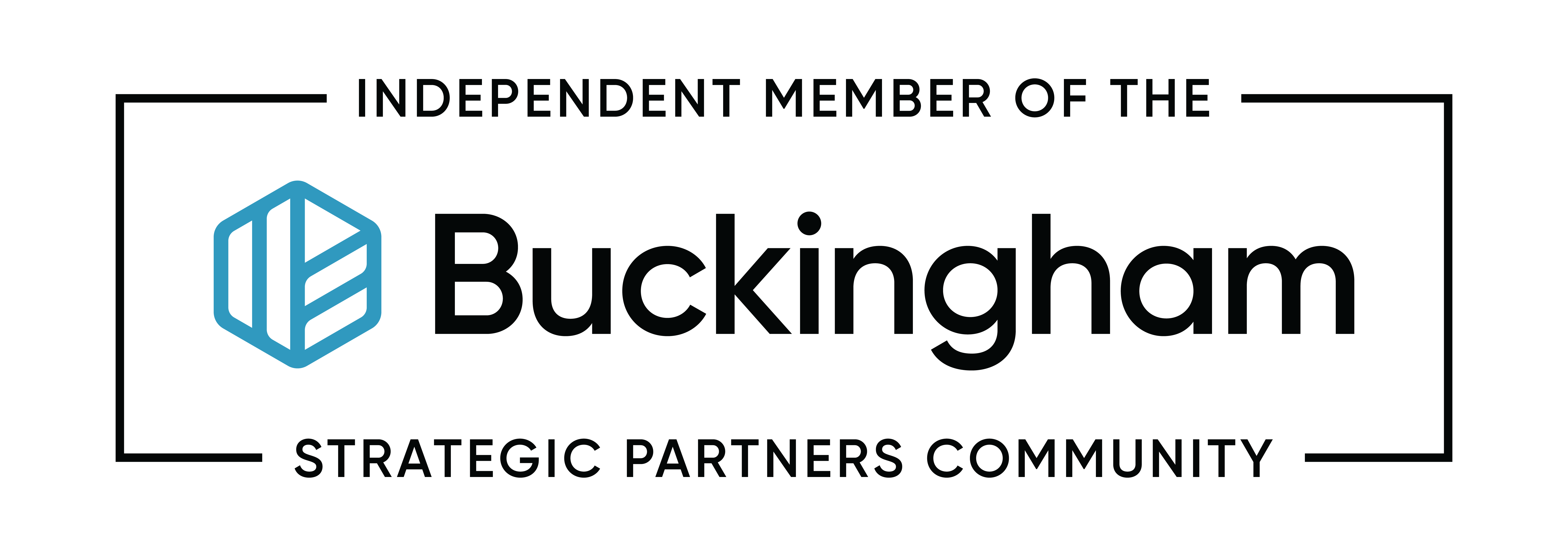Many of us remember a time in the not too distant past when retirees could hold a diversified portfolio of equity and fixed income investments and live off the dividends and interest their investments generated. With interest rates stuck at historic lows for the better part of the past decade, this is no longer the case for many retirees. Investors who wish to spend only the income generated by their portfolio, which we’ll refer to as the “income-only” approach, have three choices if current cash flows fall short of their spending needs:
- Spend less
- Reallocate portfolio to higher-yielding investments
- Spend from the total return on their portfolio, which includes not only the income but also the capital appreciation
It should not come as a surprise that out of these options, the path of least resistance is to reallocate the portfolio to higher-yielding investments. Below, we outline the three most common ways to increase the yield of a portfolio, and why these tactics should be avoided.
Extend the duration (overweight long-term bonds) of the portfolio. This tactic will likely increase the current yield of the portfolio, but let’s not forget that there are no free lunches. While the current yield will likely increase, so will the portfolio’s sensitivity to changes in interest rates. Over the long-term, this will leave the portfolio highly susceptible to losses in value should interest rates rise. One would be hard-pressed to find a competent financial planner that would recommend this action.
Overweight the portfolio with high-yield/junk bonds. This method exposes the investor, sometimes unknowingly, to greater credit risk. This type of fixed income is highly correlated with equity risk. Therefore, by using high-yield debt, investors reduce the diversification of their portfolio and get equity-like risks with returns that are lower than equities.
Increase the portfolio’s exposure to dividend-centric equity. There are two ways investors shift to a more dividend-centric portfolio. First, they shift some or all of the fixed income allocation to dividend-paying stocks. Alas, stocks are not bonds, and at the end of the day, stocks, dividend paying or otherwise, will perform like stocks. Reaching for yield in this manner completely changes the diversification of the portfolio, forcing investors to take much more risk. Second, investors will shift from broad-market equity exposure to equity exposure focused exclusively on dividend-paying stocks. Like the previous method, this results in a riskier portfolio with risks concentrated in narrow sectors and stocks.
The evidence in this area is clear: over-time, investors are best served by choosing option 3 and taking a total return approach to investing. This approach considers both components of total return: income and capital appreciation. Portfolios constructed based on the concept of total return are proven to display the following advantages over an income only approach: less risk through better diversification; better tax-efficiency through improved asset location; and a longer portfolio lifespan due to the previous factors.
To employ a tax-efficient, total-return strategy in which the investor requires specific cash flows to meet his or her spending needs involves substantial analysis and experience. To do this well is not easy, and this alone could represent the entire value of an advisory relationship. Contact a Claris advisor with any questions and for assistance securing your financial future.
Read Part 1: 7 Strategies to Quantifying Value
Read Part 2: Asset Location
Read Part 3: Asset Allocation
Read Part 4: Cost Effective Implementation
Read Part 5: Rebalancing
Read Part 6: Behavioral Coaching
Read Part 7: Withdrawal Order

